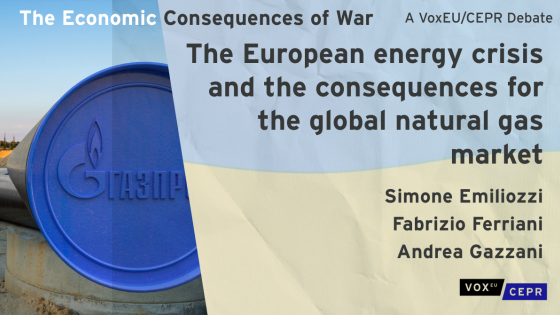Gender earnings gaps increase with age and fluctuate through the family lifecycle. This column by the recent Nobel laureate Claudia Goldin and coauthors uses data tracing individuals from their twenties to their fifties to estimate the three components of the parental gender gap in earnings: the ‘motherhood penalty’, the ‘price of being female’, and the ‘fatherhood premium’. As the children grow up and women work more hours, the motherhood penalty is greatly reduced, but fathers manage to expand their relative gains, particularly among college graduates. Goldin’s work, which won her the Nobel prize, uncover the gender differences in the labour market, particularly in terms of earnings. The divergence between the earnings of men and women following the birth of the first child can explain the persistent gender pay gap.
VoxEU Column

-
Gender

-
Labour Markets















